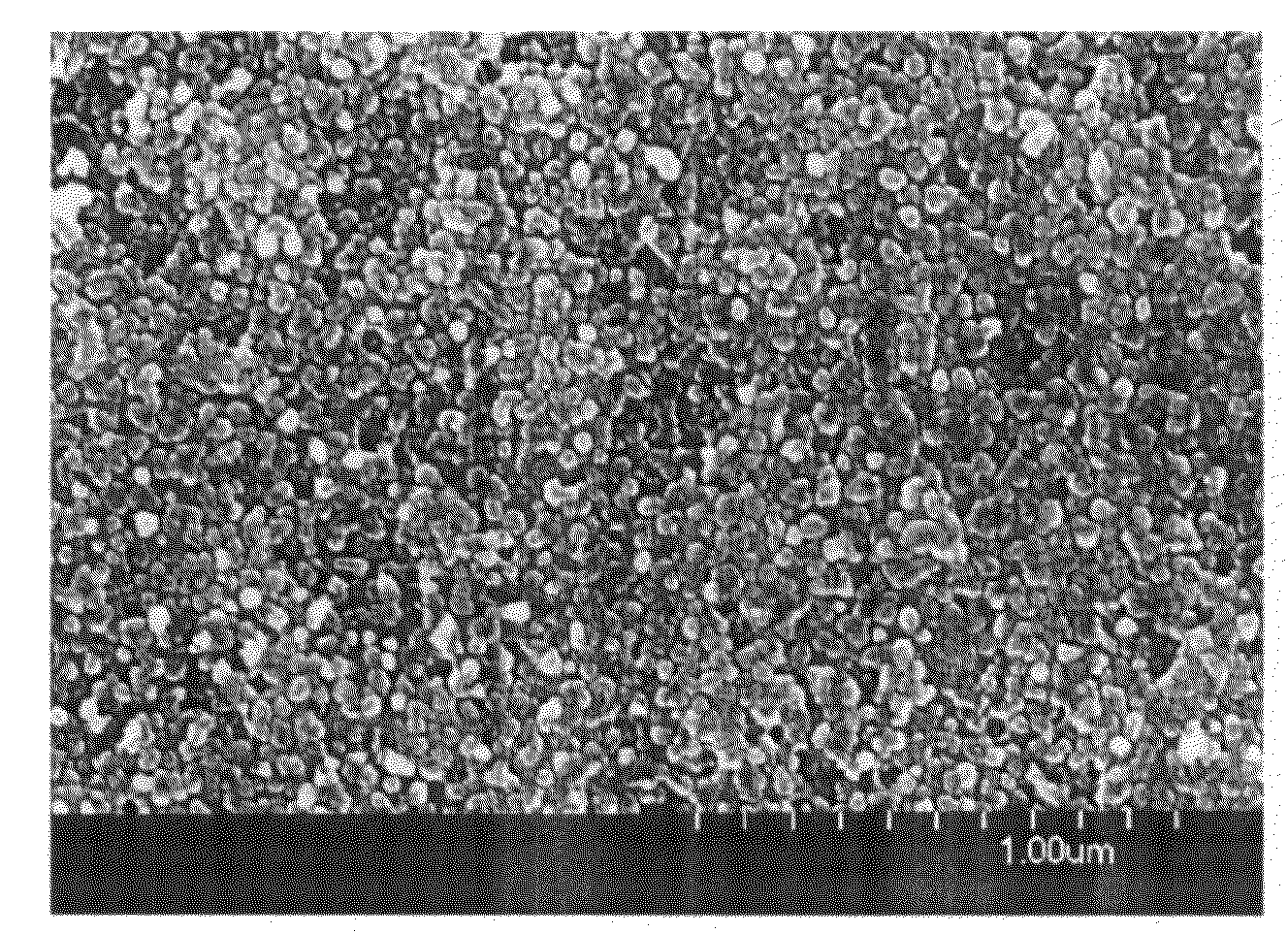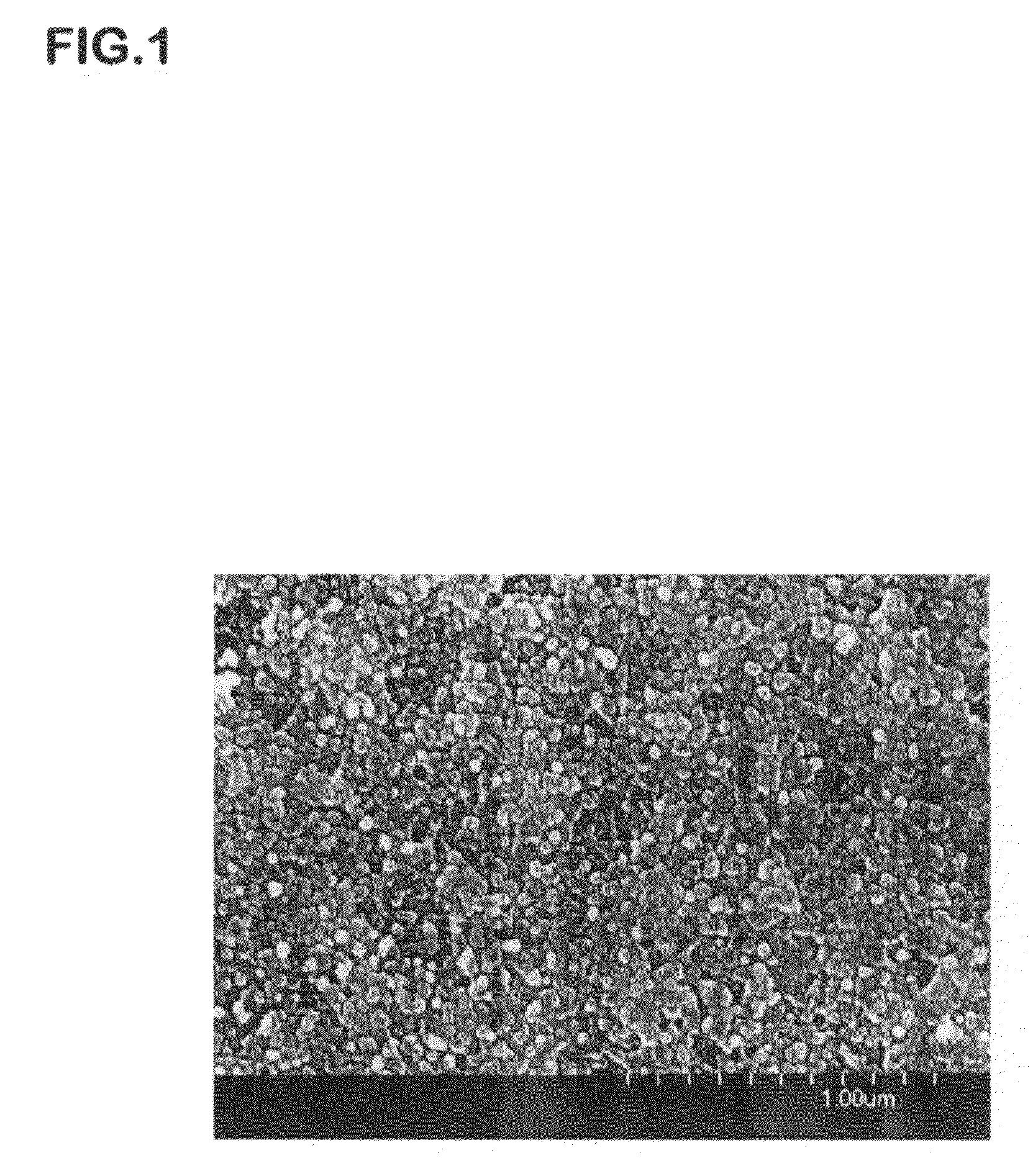Heat-resistant alloy spring and Ni-based alloy wire therefor
a technology of alloy springs and alloy wires, which is applied in the field of heat-resistant alloy springs and ni-based alloy wires, can solve the problems of long operating life, necessitating longer operating life, and difficult to employ the above-mentioned heat-resistant materials, so as to achieve the effect of enhancing rigidity and elasticity, improving thermal fatigue performance, and enhancing performan
- Summary
- Abstract
- Description
- Claims
- Application Information
AI Technical Summary
Benefits of technology
Problems solved by technology
Method used
Image
Examples
Embodiment Construction
[0044]A heat-resistant alloy spring 1 is made of a Ni-based alloy material whose main component is Ni.
[0045]The spring is used as a coil spring S for high-temperature environments, which can bias, toward the closing direction, a lid 13 of an opening-and-closing valve 12 in an engine exhaust muffler 10 shown in FIGS. 3(A) and 3(B) as an example wherein the spring is a torsion-type coil spring.
[0046]The above-mentioned Ni-based alloy material is a wire material made of a Ni-based alloy and having a substantially constant cross-sectional shape along the length thereof. In this example, the cross-sectional shape is circular.
[0047]The Ni-based alloy comprises in weight %: not more than 0.1% C; not more than 0.1% Si; not more than 1.50% Mn; 13.0 to 25.0% Cr; 1.5 to 7.0% Mo; 0.5 to 4.0% Ti; 0.1 to 3.0% Al; {at least one optional element selected from the group consisting of 0.15 to 2.50% w, 0.001 to 0.020% B, 0.01 to 0.3% Zr, 0.30 to 6.00% Nb, 5.0 to 18.0% Co, 0.03 to 2.00% Cu}; the balanc...
PUM
| Property | Measurement | Unit |
|---|---|---|
| Length | aaaaa | aaaaa |
| Fraction | aaaaa | aaaaa |
| Fraction | aaaaa | aaaaa |
Abstract
Description
Claims
Application Information
 Login to View More
Login to View More - R&D
- Intellectual Property
- Life Sciences
- Materials
- Tech Scout
- Unparalleled Data Quality
- Higher Quality Content
- 60% Fewer Hallucinations
Browse by: Latest US Patents, China's latest patents, Technical Efficacy Thesaurus, Application Domain, Technology Topic, Popular Technical Reports.
© 2025 PatSnap. All rights reserved.Legal|Privacy policy|Modern Slavery Act Transparency Statement|Sitemap|About US| Contact US: help@patsnap.com



